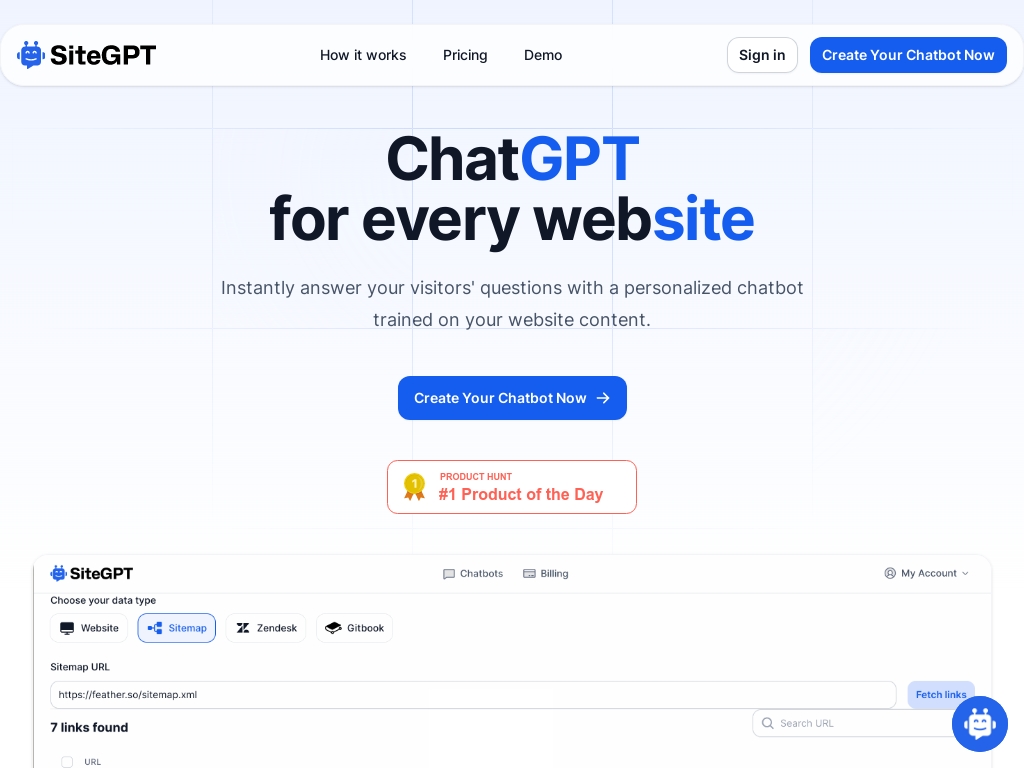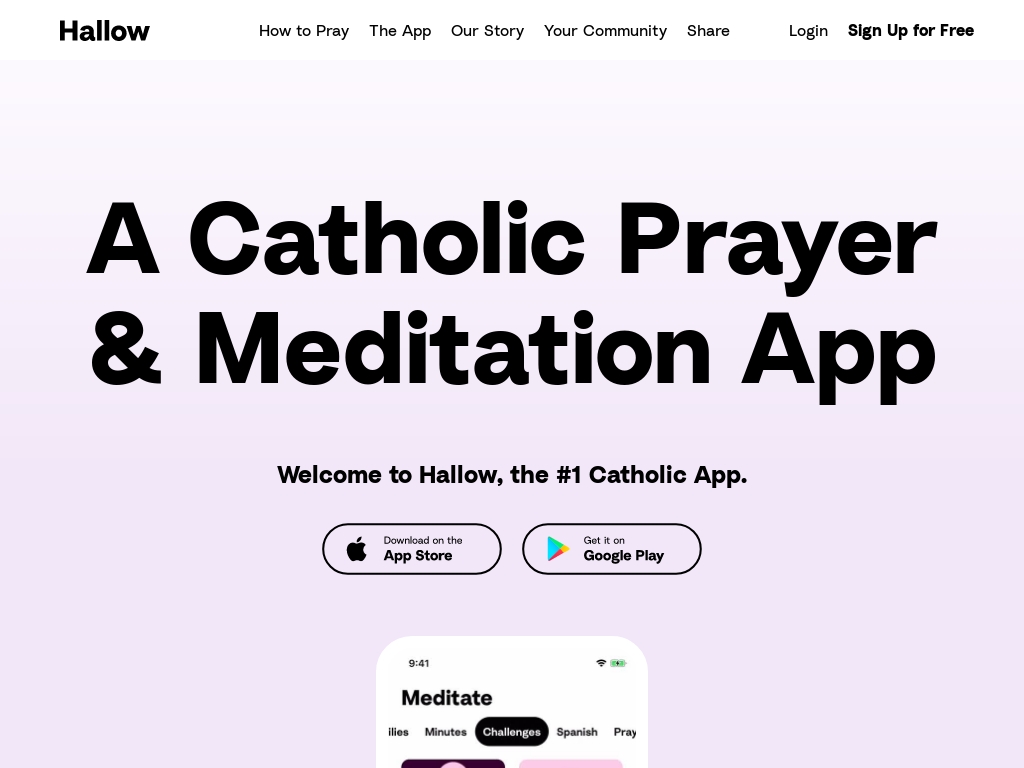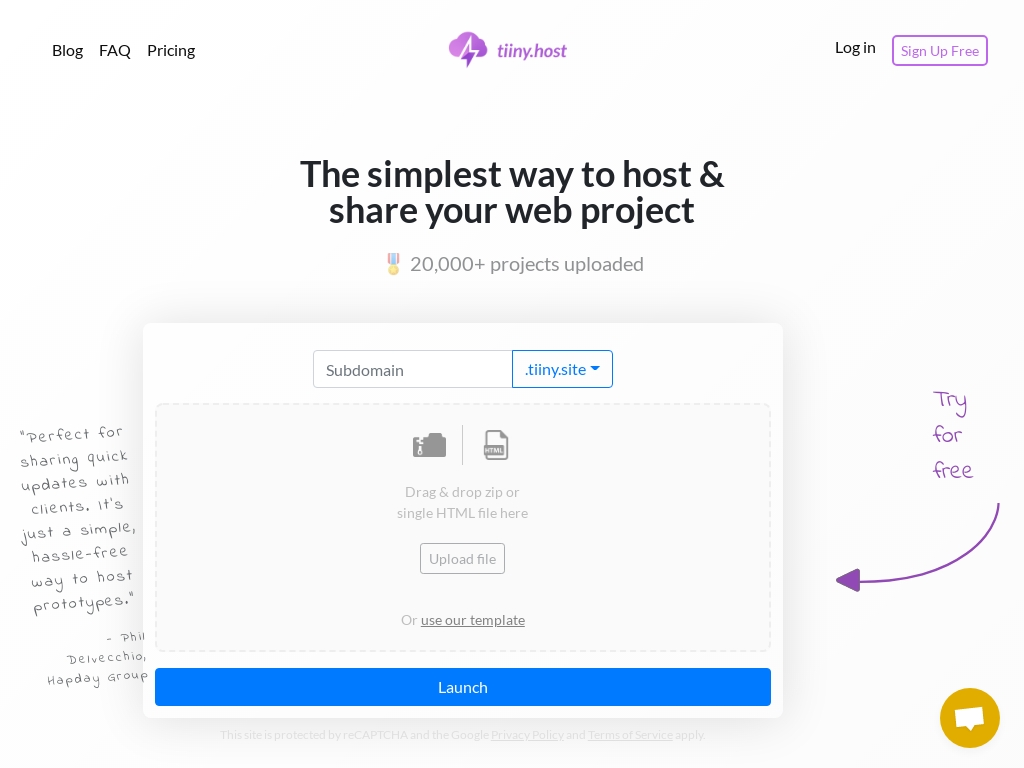
How One Founder Used Pivoting to Build Summit from the Ground Up
Who is Matt Wensing?
Matt Wensing, the founder of Summit, is a seasoned entrepreneur based in North America who previously founded and successfully exited his first company. Before venturing into entrepreneurship, he attended college where he honed his skills in software development, a foundation he leveraged to bootstrap his initial venture.
What problem does Summit solve?
Summit addresses the challenge of complex business forecasting by providing customizable, low-code calculators that empower sales and marketing teams to predict outcomes without needing extensive technical skills. This service is crucial because it allows non-developers to quickly implement and use sophisticated decision-making tools, saving time and providing clarity in business planning.
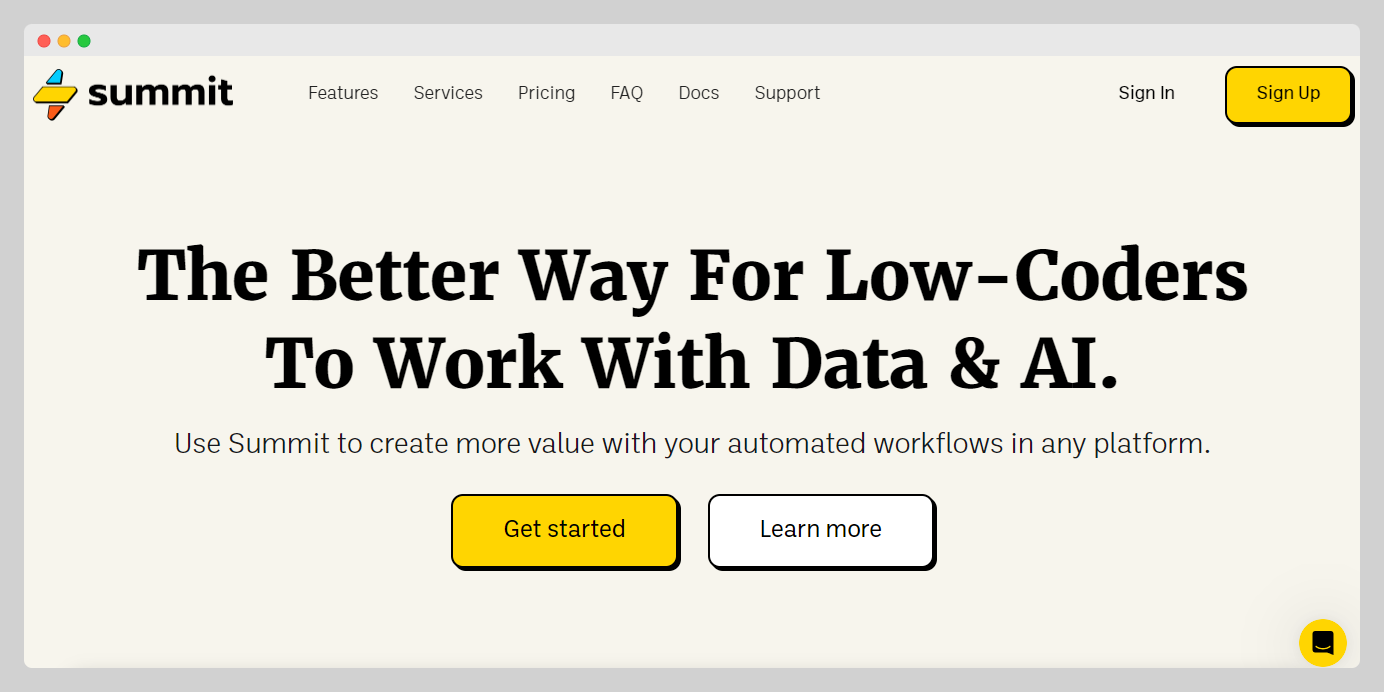
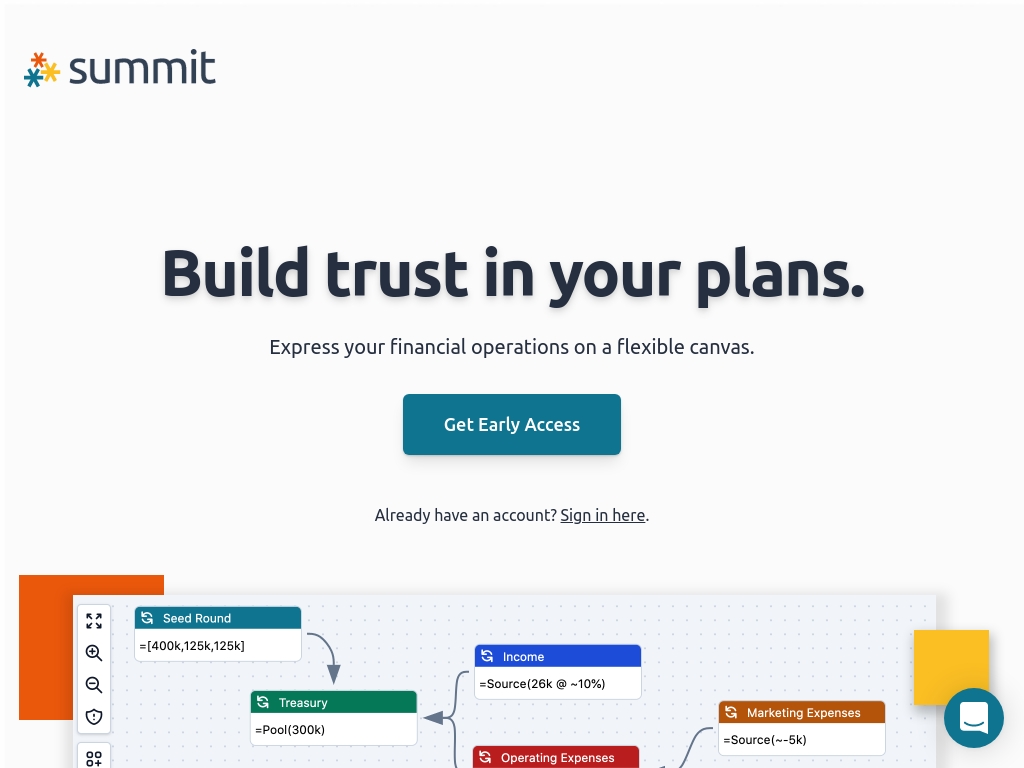
Founder-Market Fit
Skills
What skills did Matt Wensing have that led to their success?
How did Matt come up with the idea for Summit?
Matt Wensing's journey to founding Summit began with his firsthand experiences running a software company, where the challenges of financial modeling and forecasting became evident. Observing how existing solutions were either too rigid or complex, he identified a gap for a more flexible financial simulation tool. To validate his idea, he engaged in numerous conversations with potential users, iterating on Summit’s core concept through their feedback.
Initially, Summit aimed to cater to internal financial operations but quickly pivoted to serve marketers and sales teams, who required intuitive tools to create shareable resources like calculators and simulations. This pivot was influenced by the realization that users needed an accessible platform to publish and share their models, thus increasing the product's appeal. Along the way, Matt learned the importance of adapting based on market needs and the value of being open to redefining the product's focus for a broader audience.
How did Matt Wensing build the initial version of Summit?
Matt Wensing built Summit through an iterative process spanning over four years, experiencing the inherent challenges of finding product-market fit. Initially developed as a SaaS simulation and forecasting tool, Summit involved a complex low-code platform that allowed users to build mathematical models and simulations using a proprietary modeling language. This complexity presented a learning curve that hindered widespread adoption, driving the need for iterative development and repositioning. The process involved refining the product based on user feedback, evolving from an internal financial tool to one that allowed users to create externally facing calculators and applications for marketing and sales teams. Wensing utilized a hands-on approach to reposition Summit as a platform offering low-code calculative capabilities, making it accessible for non-technical users and developers alike, allowing for nimble adjustments and practical testing over short development cycles. The journey was fueled by strategic investments in marketing and user experience, challenging the team to overcome initial usability obstacles and refine their target market to achieve product-market fit.
How did Matt launch Summit and get initial traction?
Direct Outreach
Summit initially got the word out by directly reaching out to potential customers and influencers in their target market. The founder, Matt Wensing, leveraged his existing network to introduce Summit to professionals who would benefit from its low-code solutions for building calculators and simulations.
Why it worked: Direct outreach allowed Matt to personally connect with early adopters who were already acquainted with his work or with those who showed interest in related fields. This personal touch helped in building initial credibility and trust, which is crucial for new tools like Summit that require users to adopt a slightly new way of working.
Community Engagement
The company engaged with communities related to SaaS and development, especially focusing on spaces where discussions about forecasting and low-code solutions were prevalent. This included participating in podcasts, webinars, and online forums like Indie Hackers and relevant Slack groups.
Why it worked: Engaging with niche communities where potential users already gathered made it easier for Summit to educate them about the product's capabilities in a natural, conversational manner. This approach also opened up opportunities for word-of-mouth promotion among community members.
Early Adopter Trials
Summit offered trial access to their product, encouraging early adopters to test and provide feedback. This not only helped in gaining initial customers but also in refining the product based on user experiences and feedback.
Why it worked: The trial allowed potential customers to experience Summit without committing financially right away. Providing a low-risk opportunity to test the product helped in converting trial users into paying customers after they experienced its value firsthand.
Metrics: - Since launching their repositioned offering, Summit experienced their highest growth in terms of traffic and revenue in the subsequent months. - Increased embedded calculator usage as reported by early users, indicating successful adoption of their product enhancements.
What was the growth strategy for Summit and how did they scale?
Matt Wensing leveraged his presence on Twitter to grow Summit's visibility and engage with potential users. By sharing insights, updates, and engaging in discussions relevant to his audience, he built a following that was integral in spreading the word about Summit's evolution. His tweets often sparked conversations and drew attention to Summit's offerings, providing a steady stream of engagement and feedback.
Why it worked: Twitter allowed Matt to directly connect with his audience, adapt feedback quickly, and validate ideas publicly. The platform’s immediacy and reach amplified his message, helping to attract users who were interested in what Summit had to offer.
Repositioning Strategy
Summit underwent a significant repositioning, shifting from a broad "whiteboard that does math" to a more specific "calculator" focus. This change was driven by the need to reduce the learning curve for users and provide a more relatable and recognizable product offering.
Why it worked: By repositioning to focus on calculators, Summit tapped into an existing market need for easily shareable, embeddable calculation tools. This clarity made it easier for potential users to understand the product's value, thereby increasing adoption and driving more traffic to their offerings.
Embeddable Calculators and Referrals
Summit enabled users to embed calculators into websites and other platforms, branding free versions with Summit’s name. This feature turned users into ambassadors as their calculators carried Summit’s branding wherever they were shared, effectively acting as mini advertisements.
Why it worked: This strategy increased visibility and allowed Summit to reach a broader audience without direct marketing efforts. Users organically shared embeddable tools, spreading brand awareness and drawing new users to explore Summit’s platform through these branded calculators.
Strategic Partnerships
Summit explored partnerships, such as those with agencies that used their platform to build calculators for their clients. This opened a new channel for acquiring users who might not have built calculators themselves but needed them for their operations.
Why it worked: Partnering with agencies provided a scalable way to reach audiences that Summit could not easily access on its own. Agencies, acting as intermediaries, brought Summit's tools to end-users who needed them, thereby expanding their market reach and driving further adoption.
What were the biggest lessons learned from building Summit?
- Adapt Based on Feedback: Summit's journey involved multiple pivots to align with users' needs, such as transitioning from being a broad forecasting tool to offering niche, low-code calculators for sales and marketing. Listening and adapting to user feedback enabled them to refine their offerings and better serve their market.
- Focus on Clear Positioning: Initially struggling with vague descriptors like "whiteboard that does math," Summit learned that clear, familiar terms like "calculators" help potential users quickly understand the product's value, leading to better user engagement.
- Balance Building with Immediate Use Cases: Summit initially focused on enabling users to build complex simulations, but realized providing ready-to-use templates could drive immediate value and grow their user base, showing the importance of balancing product capabilities with actionable use cases.
- Leverage Small Team Agility: By staying lean, Summit's small team could swiftly pivot and implement changes based on new insights without the burden of re-aligning a large workforce, showcasing the advantage of maintaining a flexible, adaptable approach in startup growth.
- Iterate Towards Market Fit: Summit's journey emphasizes the importance of perseverance in achieving product-market fit, through persistent iteration and willingness to re-evaluate the product and market assumptions, proving crucial to their ongoing evolution and success.
What platform/tools does Summit use?
Discover Similar Business Ideas Like Summit
|
|
Idea
|
Revenue
|
|---|---|---|
|
PDFShift
|
HTML-to-PDF conversion API service.
|
$8.5K
monthly
|
|
SiteGPT
|
AI chatbot trained on your website content.
|
$15K
monthly
|
|
Hallow
|
"Catholic prayer and meditation app fostering faith growth."
|
$278K
monthly
|
|
tiiny.host
|
Static website hosting made simple for everyone.
|
$15K
monthly
|
|
Studio Wombat
|
WooCommerce plugin developer for enhanced e-commerce features.
|
$15K
monthly
|
|
Treendly
|
Trend-spotting platform for untapped market insights.
|
$1K
monthly
|
|
ScreenshotOne
|
API for capturing website screenshots easily.
|
$2.2K
monthly
|
More about Summit:
Who is the owner of Summit?
Matt Wensing is the founder of Summit.
When did Matt Wensing start Summit?
2019
What is Matt Wensing's net worth?
Matt Wensing's business makes an average of $/month.
How much money has Matt Wensing made from Summit?
Matt Wensing started the business in 2019, and currently makes an average of .

Download the report and join our email newsletter packed with business ideas and money-making opportunities, backed by real-life case studies.

Download the report and join our email newsletter packed with business ideas and money-making opportunities, backed by real-life case studies.

Download the report and join our email newsletter packed with business ideas and money-making opportunities, backed by real-life case studies.

Download the report and join our email newsletter packed with business ideas and money-making opportunities, backed by real-life case studies.

Download the report and join our email newsletter packed with business ideas and money-making opportunities, backed by real-life case studies.

Download the report and join our email newsletter packed with business ideas and money-making opportunities, backed by real-life case studies.

Download the report and join our email newsletter packed with business ideas and money-making opportunities, backed by real-life case studies.

Download the report and join our email newsletter packed with business ideas and money-making opportunities, backed by real-life case studies.

